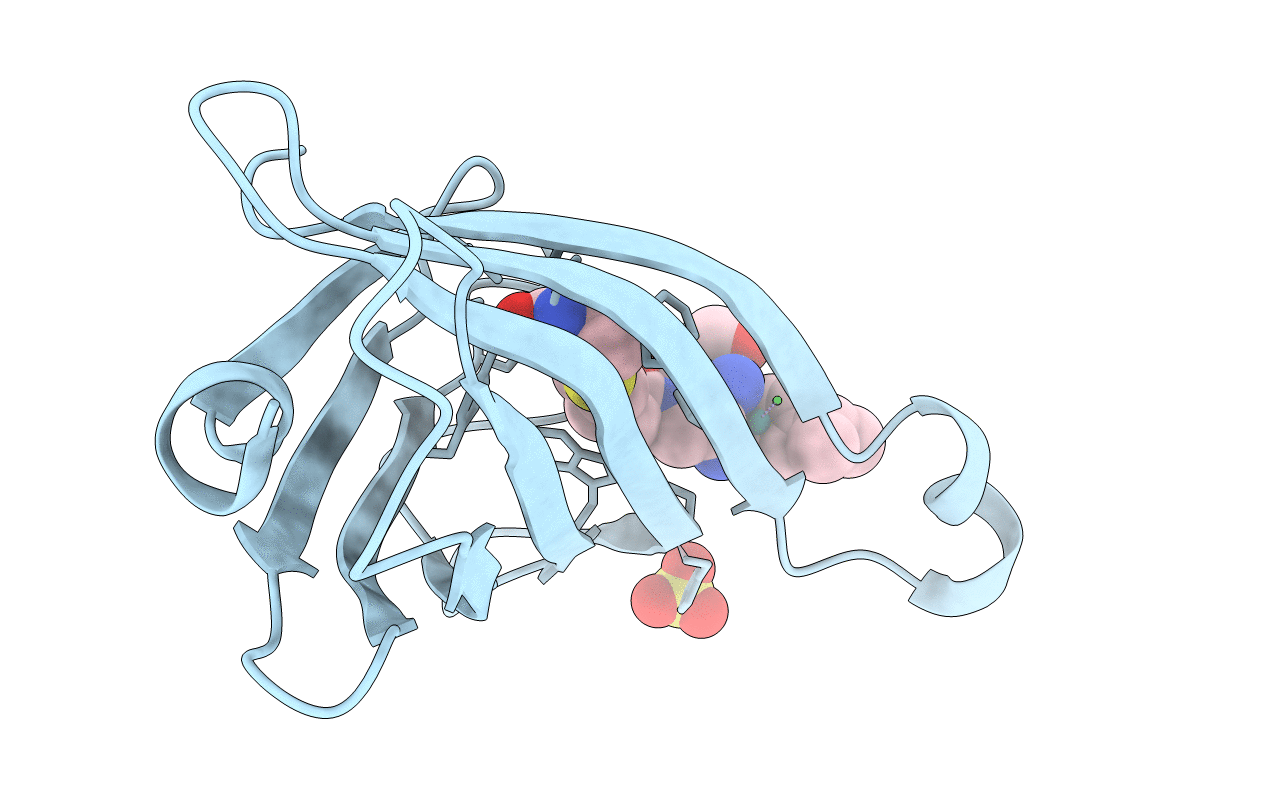
Deposition Date
2009-08-10
Release Date
2010-10-13
Last Version Date
2023-12-20
Entry Detail
PDB ID:
2WPU
Keywords:
Title:
Chaperoned ruthenium metallodrugs that recognize telomeric DNA
Biological Source:
Source Organism:
STREPTOMYCES AVIDINII (Taxon ID: 1895)
Host Organism:
Method Details:
Experimental Method:
Resolution:
1.92 Å
R-Value Free:
0.19
R-Value Work:
0.17
R-Value Observed:
0.17
Space Group:
I 41 2 2


